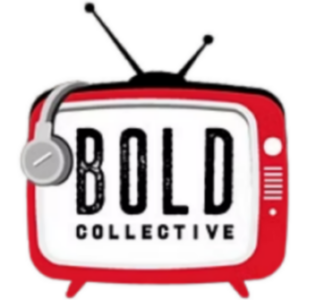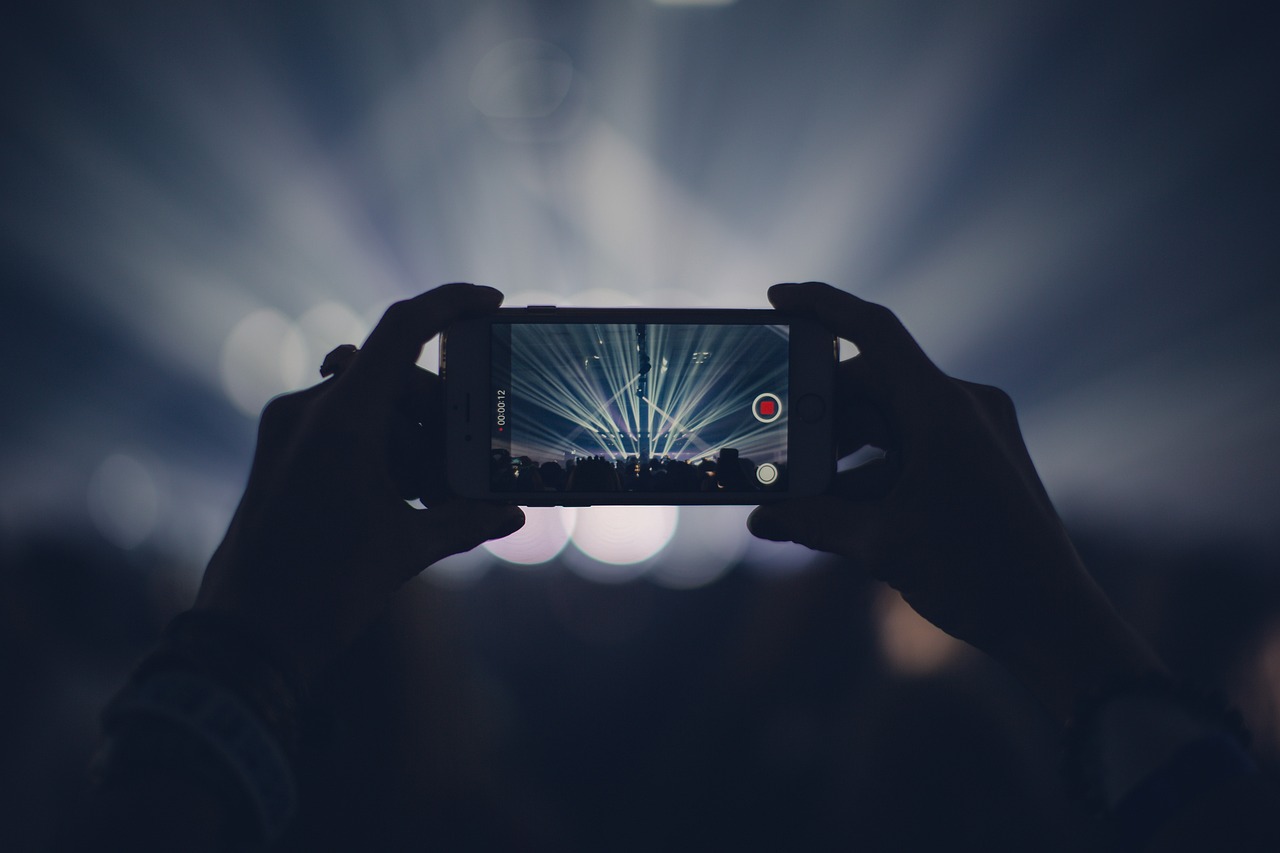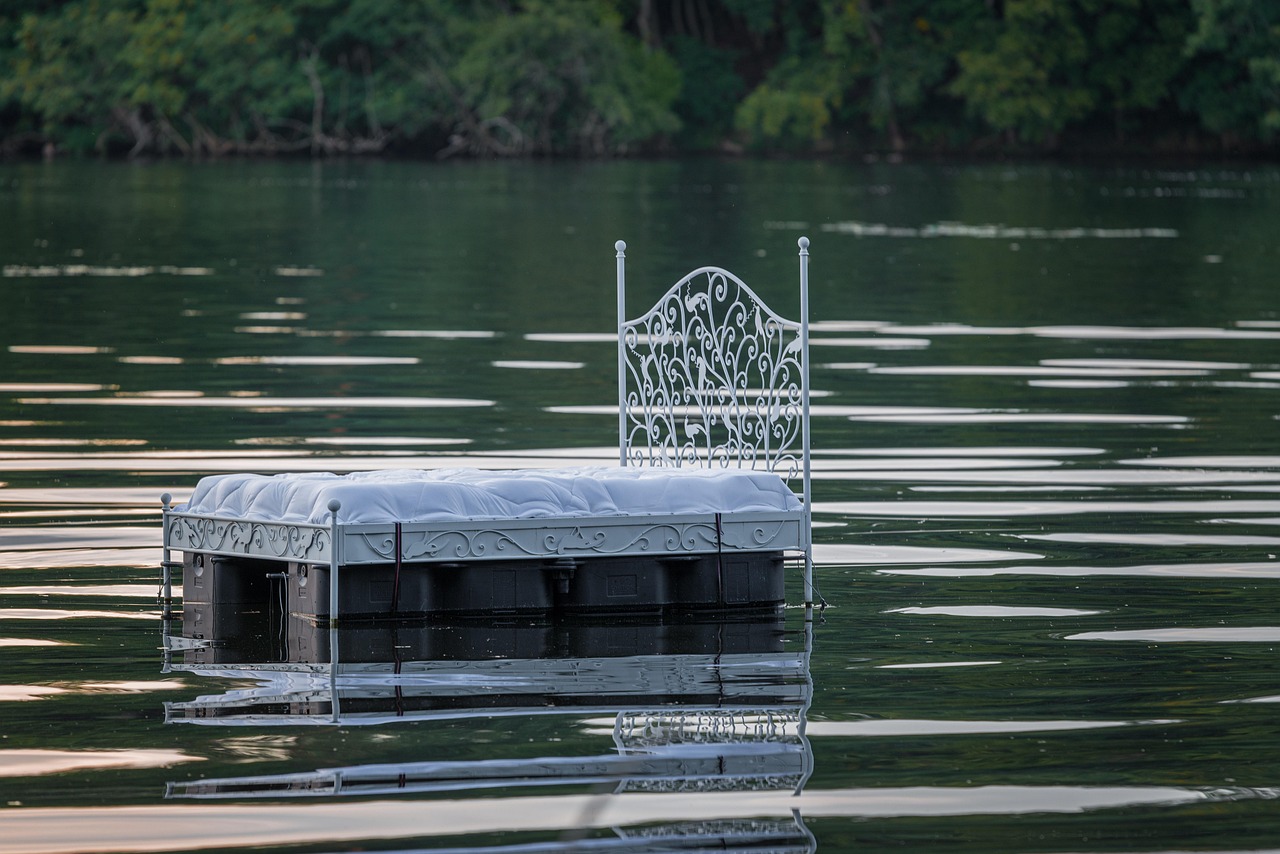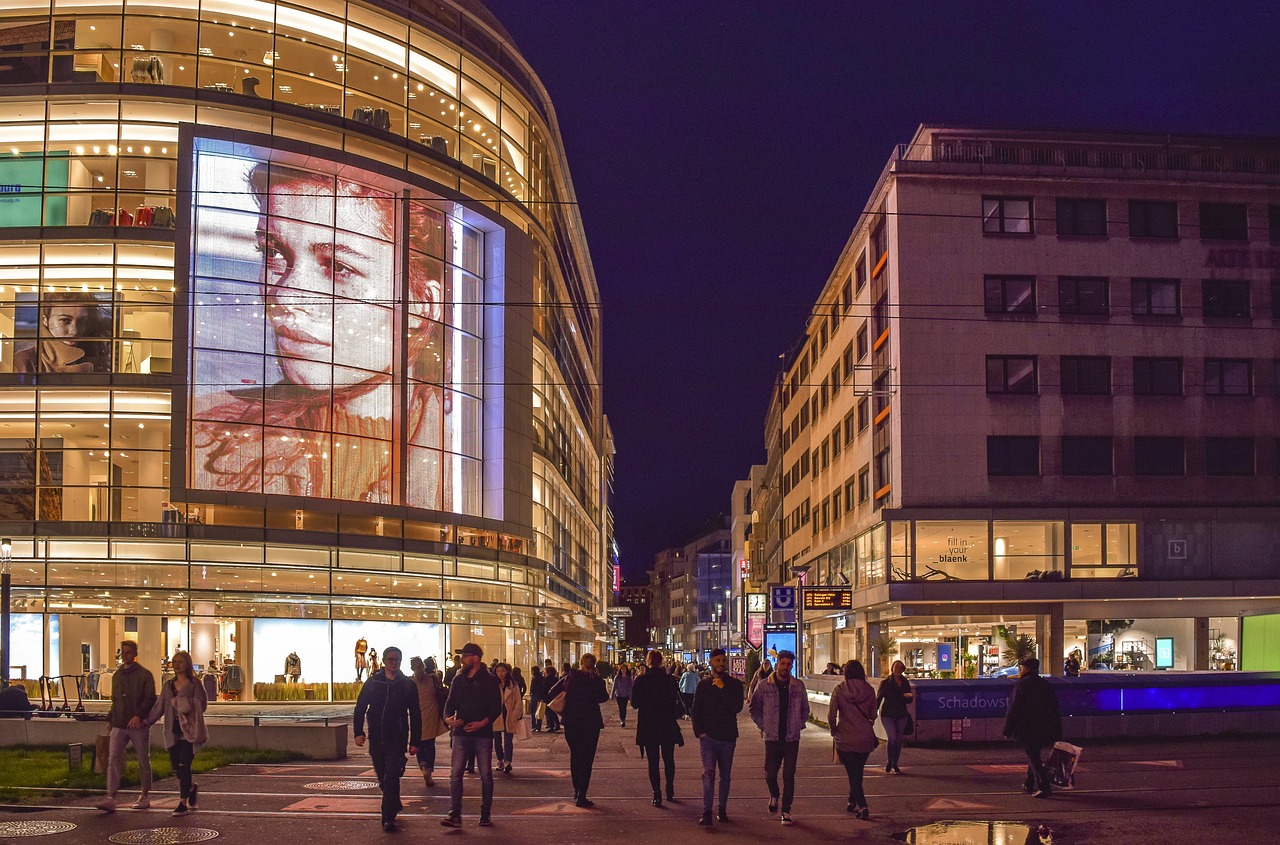by Katie Paterson, Feature Writer at Alitu/ The Podcast Host
Ask any podcaster what they think about video, and it will go one of two ways: they’ll either tell you with absolute confidence that video is the future of podcasting, or they’ll say (with equal confidence) that video podcasting is just a fad.
A few months ago, we ran an independent podcaster census that revealed just how split creators are when it comes to video. Despite all the hype, 51% of the 1,200 podcasters we surveyed told us they aren’t publishing video podcasts. 32% said they had no plans to in future either.
So if video podcasts really are going to disrupt the podcast industry as much as we’re being told (and disclaimer: we joined the hype too), why isn’t every podcaster and their dog already publishing video right now?
The video podcast workflow is still too fragmented
The ability to run a video podcast is as old as the RSS feed itself. But one of the main reasons video has never become ubiquitous amongst podcasters (apart from the fact that video and audio are two different mediums) is to do with practicality.
While it isn’t hard to make your audio available “everywhere you get your podcasts”, the road to publishing video is less clear.
Even if many podcast hosting providers now allow you to upload video files, the big issue is finding apps or platforms where this visual content can actually be consumed. There’s no point in creating content if very few people can find it, after all.
As Justin Jackson of Transistor pointed out, recently, iTunes/Apple Podcasts has supported video since 2005. But it has never been an obvious (or intuitive) part of their offerings. It’s unlikely many of your target audience will just happen across your video podcast in Apple Podcasts. They’d need to be deliberately looking for it.
And whilst the video consumption experience is much better on Spotify and (obviously) YouTube, these aren’t without their own issues. If you want to run a video show on Spotify, you’ll need to upload it there, and it won’t be available anywhere else. You can publish a video version of your show to YouTube, too, but this is a walled garden that’s sealed off from the rest of the podcasting domain.
My point isn’t to say you shouldn’t – it’s purely to highlight how fragmented this all is. And there’s no doubt that it’ll put many folks off.
Video creates extra barriers for creators
Thanks to new technology, creating video podcasts has never been easier. But video still comes with barriers that don’t exist in the audio world. When video is added to the podcast mix, suddenly, things like backdrop, lighting, and personal appearance come into play. There’s no getting around the fact that these are extra barriers for creators, and a step too far for many.
One of the reasons why people love podcasting is that, unlike a lot of other content mediums, what you look like doesn’t matter. You don’t need expensive studio lighting or a makeup department to be successful; it’s all about the content. This is why you see a lot of TikTokers become successful podcasters, but few podcasters break into TikTok – the move from audio to video can be daunting for experienced podcasters.
And yes, there’s a whole lot of video podcasting software on the market now that makes creating this sort of content much easier. But in the same way that a good mic won’t necessarily make you sound great, video software won’t immediately make your podcast look good, either. These other (arguably more important) factors – like having a good backdrop and feeling confident in front of the camera – undoubtedly puts a lot of great podcast creators off. Some research even suggests video is contributing to the gender divide in podcasting too.
Podcasting is known for its low barrier to entry. This is what helps keep podcasting accessible, diverse and interesting. Too much emphasis on video could be preventing new creators from entering podcasting who would otherwise bring great content to the community. And that’s a real shame.
A lot of the podcast video growth stats aren’t reliable
OK, so this point may be a little contentious, but how reliable is the data we’re seeing right now about video podcast growth?
For example, Spotify recently shouted about the fact they’d reached 100,000 video podcasts on the platform. But Podnews highlighted that this number represents just 2% of the podcast content they host.
Multiple studies have cited YouTube as the most popular podcast-listening platform in the US, but this paints a misleading picture of video podcasts. A 2022 survey from Cumulus Media and Signal Hill suggested that more people play shows on YouTube to have them on in the background than sit and actively watch them. In other words, they use YouTube as a listening platform, not a video one. This muddies the waters of how popular video podcasts are in and of themselves.
This isn’t all to say that video podcasts aren’t becoming increasingly popular – it’s more that we need to take any “explosive growth” stories with a pinch of salt. Especially if they come directly from companies that have skin in the video podcasting game.
The power of audio is often underplayed
This last point is perhaps the most important one of all. Audio is actually a superb medium for content creation and consumption.
Talk of video podcasting often comes with the premade assumption that it is the next evolution of audio and is somehow superior. But video and audio both have their unique strengths, and one can never replace the other.
On the strengths of audio, it’s naturally available to more people, more of the time, because you don’t need your eyes. That gives most folks so much more consumption flexibility. Audio is also scientifically proven to provoke more powerful, more emotional physical responses than video, helping to lay down more memories, and driving action in your CTAs.
Most podcasters know this because they’re also podcast listeners. These are people who love audio, and they understand and appreciate its power. Some may have the willingness, time, and resources to add a video component to their content, but many won’t. And that’s OK.
We need to recognize what audio isn’t; it’s not some secondary, less forward-looking accompaniment to video. And while video might be having its heyday in the podcasting space right now, audio is its own unique and powerful medium, and it’s here to stay.














































































































































































































